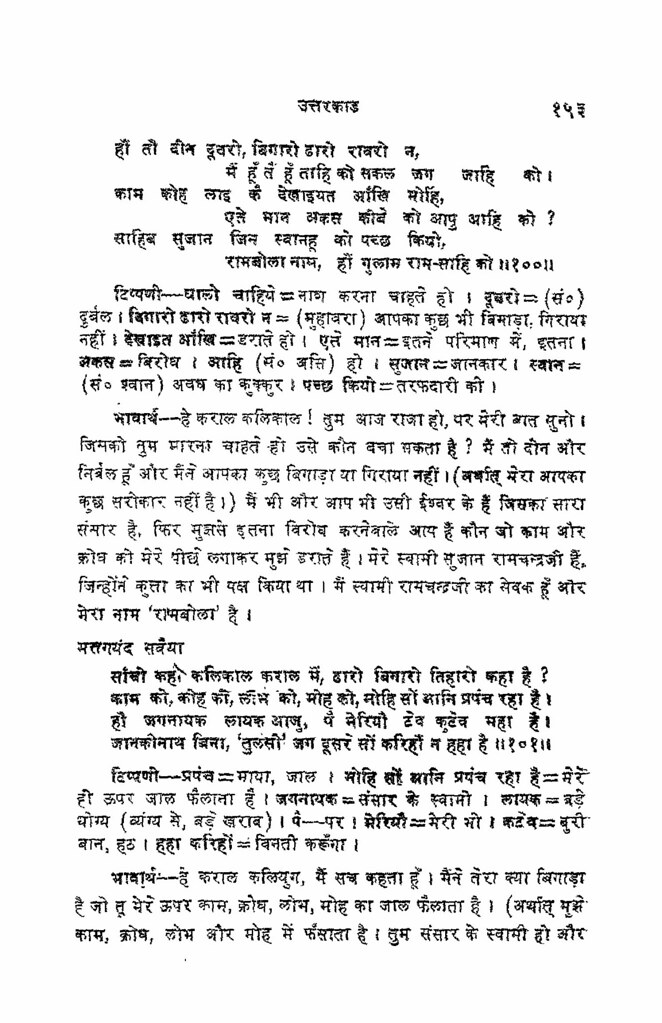Asi Report On Ayodhya Pdf

The Archaeological Survey of India (ASI) report of August 2003 is the fifth on the historical topography of Ayodhya. Cunningham conducted the first survey in Ayodhya in 1862-63 followed by another in 1889-91 by A. Professor A.K. Narain conducted the third excavation in Ayodhya in 1969-70, and finally, Professor B.B.

Lal conducted a more intensive and revealing study of the area in 1975-76. The intention of Cunningham's survey was to re-locate Buddhist sites and to establish the Buddhist antecedents of Ayodhya. He accepted the association of Ayodhya with the traditions of Rama and asserted that the present-day Ayodhya was the Ayodhya of the Ramayana years. He also concluded that the cities of Visakha, Saketa and Ayodhya were the same (A.E. Cunningham, 'Report of the Proceedings of the Archaeological Surveyor to the Government of India for the Season of 1862-63,' in Journal of Asiatic Society of Bengal, 1865). Fuhrer's report is an extension of the earlier report.
Customer service: 8. Present on it (Annual Report the Archaeological Survey of India. The Archaeological Survey of India brings out a variety of publications since. The archaeology of Ayodhya concerns the excavations and. Hearing the Ayodhya title suits on 3 February ruled that the report of the Archaeological Survey of India.
He tried to confirm Rajput presence in Ayodhya in the 11th and 12th centuries A.D. By referring to three copper-plate land grants reportedly found in the area (A. Fuhrer, Report of the Archaeological Survey of India (New Series), Volume II, 1891). Surprisingly, of the three plates only one is known, the other two remain unknown and only facsimile copies of these grants were available to the Asiatic Society of Bengal (Centenary Review of the Asiatic Society of Bengal, From 1784 to 1883, Calcutta,1885).
Narain observed that the excavated sites indicated human habitation as old as the 5th century B.C. He was also convinced that there was evidence of strong Buddhist presence in the area (Indian Archaeology 1969-70 - A Review, page 40).
He fixed the antiquity of Ayodhya to early 17th century B.C. Lal excavated the mound of the Babri Masjid and observed 'a fairly compact and working sequence for the antiquity of the place from its first settlement over the natural soil'. His conclusions were interesting: 'The occupational phases of the mound appears to have continued up to circa third century A.D., represented by several structural phases. In the earlier stages, the houses were of wattle and daub or mud, followed by those of baked bricks. In the Janma Bhumi area a massive wall of bricks was observed, which may perhaps be identified as a fortification-wall.'
Also, Lal arrived at certain interesting inferences regarding large-scale trade and commerce in Ayodhya in the early centuries of the Christian era. He also added that it was rather remarkable that the Gupta period was not significantly indicated at the sites in Ayodhya and 'after the early historic deposits, there is a break in occupation, with considerable debris and pit formations before the site was again occupied around the eleventh century A.D' (Indian Archaeology 1976-77 - A Review, pages 52-53).
The voluminous ASI report pushes back human habitation in the area to the mid-13th century B.C. Again, unlike the earlier reports, it observes continuous human habitation on the site right from 1300 B.C. Until the 16th century A.D.
The report substantiates this observation by putting together a large number of cultural artefacts signifying different periods in history. However, it concludes the summary of its report with a tacit admission that this assumption may be erroneous: 'Another noteworthy feature is that it was only during and after Period IV (Gupta level) onwards up to Period IX (late- and post-Mughal level) that the regular habitational deposits disappear in the concerned levels and the structural phases are associated with either structural debris or filling material taken out from the adjoining area to level the ground for construction purpose.
Much of the earlier material in the form of pottery, terracottas and other objects of the preceding periods, particularly of Period I (Northern Black Polished Ware (NBPW) level) and Period III (Kushan level) are found in the later periods mixed along with their contemporary material' (ASI Report, Ayodhya 2002-2003, Volume I, Chapter X, page 271). Again, unlike Lal, the ASI report fails to inform us of any human activity other than settlement in the area. Further, the report makes no attempt to co-relate its findings with local history except when it identifies a complete stratum as belonging to Period IV, or the 'Early Medieval Rajput level'. Update Quark 7.5. Anthony Robbins Personal Power 2 there. This intervention in local history is both clever and deliberate, since the Rajput period in Indian history has somehow become synonymous with Brahmanical resurgence. The process of constructing a history of India started in the early 19th century. The Asiatic Society of Bengal was a pioneer in this venture.